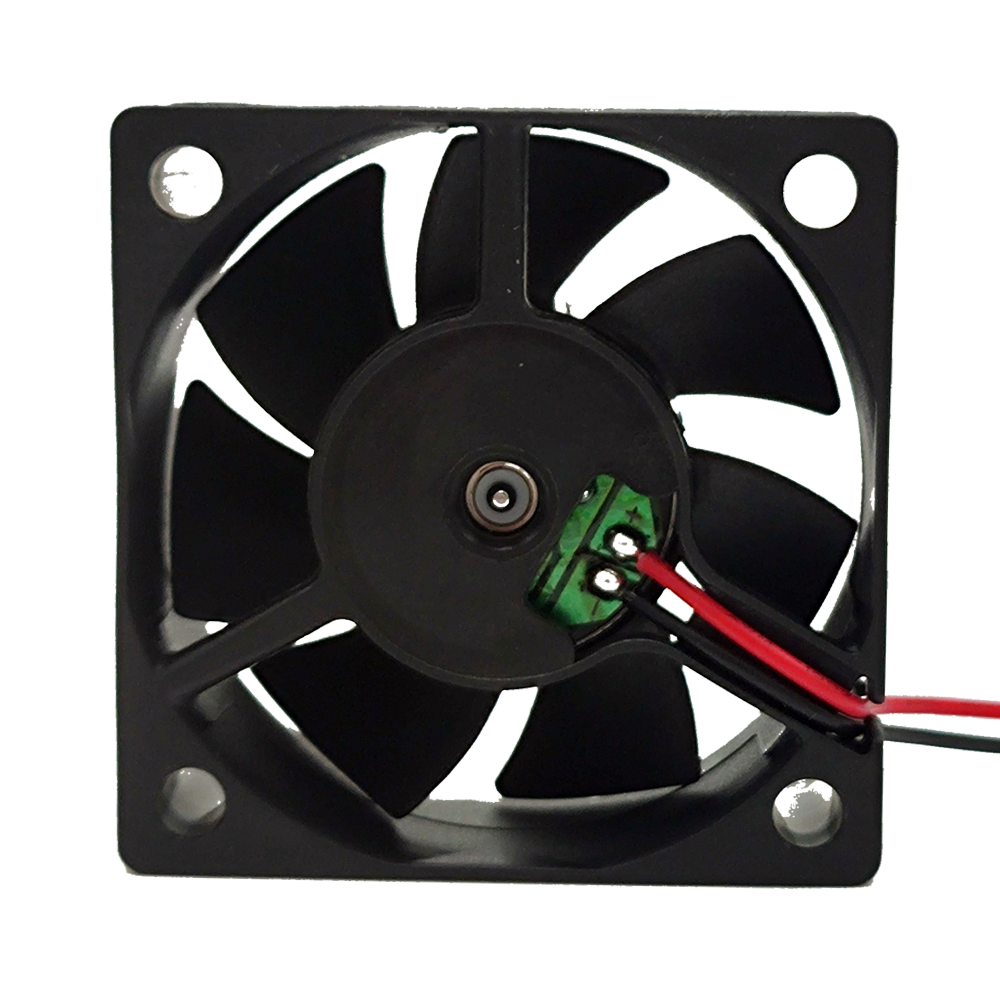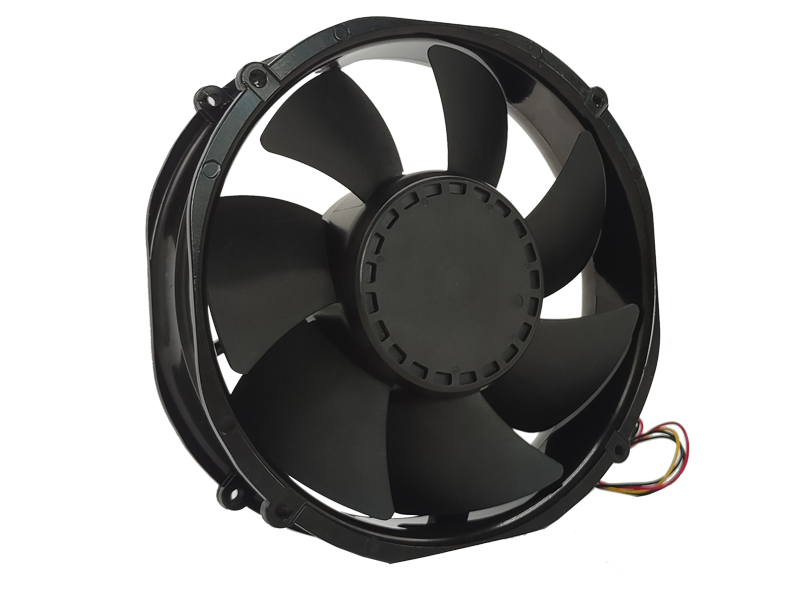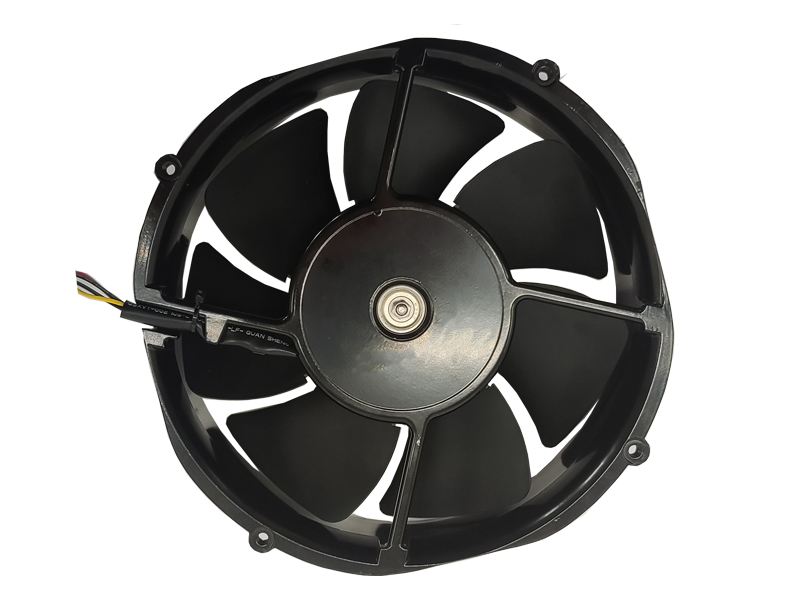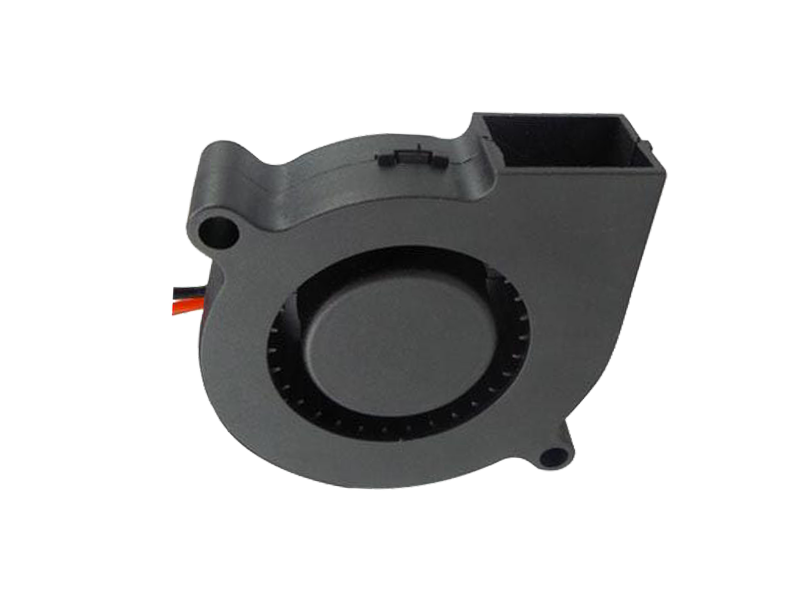In industrial settings, maintaining an optimal temperature and air circulation is critical for ensuring smooth operations and improving the productivity of machinery and workers alike. Industrial fans, often overlooked as basic mechanical equipment, play a pivotal role in the overall functioning of manufacturing plants, warehouses, and other large-scale facilities. Their contribution goes far beyond merely circulating air; they are integral to maintaining the operational efficiency of equipment, ensuring worker comfort, and optimizing the energy use within the facility.
From the perspective of a product, industrial fans must be viewed through the lens of innovation, design, and function. In today’s highly competitive manufacturing environment, fan technologies have evolved to meet the needs of various industries, whether it’s for ventilation, cooling, or air circulation. This article will explore the importance of industrial fans in manufacturing operations, their design considerations, and the role they play in improving energy efficiency and worker productivity.
1. The Role of Industrial Fans in Manufacturing
Industrial fans are typically used to circulate air, cool machinery, and ensure ventilation in manufacturing plants and large buildings. Their primary function is to move large volumes of air over a specific area, effectively reducing heat buildup that could affect both workers and machinery. Overheating can cause machinery to fail or become less efficient, and excessive heat in a workspace can lead to worker fatigue, lower productivity, and safety hazards.
In large factories, industrial fans are often used in tandem with air conditioning systems or ventilation ducts. The combination of mechanical ventilation and natural airflow can significantly improve temperature regulation, humidity control, and overall air quality, which directly impacts production efficiency and safety.
2. Design and Features: Understanding Industrial Fan Product Development
When looking at industrial fans from a product perspective, the design plays a crucial role in determining their efficiency and functionality. Several factors must be considered during the design phase to ensure that the fan performs optimally and lasts over time. These factors include fan size, blade material, motor power, and noise levels.
Fan Size and Airflow Capacity: The size of the fan is one of the most important considerations in selecting the appropriate model for a particular facility. The airflow capacity is measured in cubic feet per minute (CFM), and it directly impacts how much air the fan can move. A larger fan will generally provide greater airflow but may be less efficient in smaller areas. Therefore, matching the fan size to the facility size and airflow needs is critical for optimal performance.
Blade Material and Shape: The material and shape of the fan blades have a direct effect on the fan’s airflow efficiency. Fan blades made from high-strength materials such as aluminum, stainless steel, or composite materials can withstand harsh conditions, such as high temperatures and chemical exposure, often found in industrial environments. The blade shape also plays a significant role in maximizing airflow while minimizing energy consumption. Aerodynamically optimized blades can help reduce power usage while improving airflow.
Motor Power: The motor used in an industrial fan is responsible for its power output and overall efficiency. Modern motors are designed to be energy-efficient, offering optimal performance while minimizing energy costs. Many industrial fans today use variable speed motors that allow for more precise control over airflow, ensuring that the fan is not consuming more power than necessary.
Noise Reduction: Industrial environments can be noisy, and the last thing workers need is an additional source of noise from the ventilation systems. Noise reduction is a critical factor in the design of industrial fans. Fans equipped with vibration-reducing mounts, soundproofing materials, and quiet motors ensure that noise levels are minimized. Furthermore, adjustable speed controls help reduce noise by adjusting fan speed according to the specific airflow requirements.
3. Energy Efficiency and Environmental Impact
One of the most significant challenges faced by industries today is energy consumption. Industrial fans, being large and powerful machines, can consume a significant amount of electricity. However, manufacturers are increasingly prioritizing energy efficiency in fan design. By adopting advanced materials, energy-efficient motors, and innovative fan technologies, companies are able to reduce their energy consumption and carbon footprint while still achieving optimal airflow.
Energy-Efficient Motors: Many modern industrial fans use motors that conform to energy standards like the NEMA Premium efficiency rating. These motors consume less energy while providing more airflow, reducing the fan's operational costs in the long term.
Smart Controls and Automation: Industrial fans are now equipped with smart controls that can optimize the operation based on real-time environmental conditions. For example, sensors can detect temperature or humidity levels and adjust the fan's speed accordingly. This ensures that the fan only operates at the necessary level, helping to conserve energy.
Variable Speed Drives (VSD): VSD technology allows fans to adjust their motor speed based on the demand, which reduces energy waste. Rather than operating at full power, fans equipped with VSDs can scale their performance to meet the needs of the facility, thus reducing electricity usage.

4. Improving Worker Comfort and Productivity
Industrial fans play a significant role in ensuring the comfort of workers in manufacturing environments. Excessive heat or humidity can lead to fatigue, increased errors, and potential health hazards. With efficient air circulation, industrial fans help maintain a comfortable working temperature, which is essential for maintaining worker productivity.
The proper temperature regulation in a workspace can also help reduce absenteeism related to heat stress or fatigue. Workers who are exposed to excessive heat may experience discomfort, decreased concentration, and even heat-related illnesses. By using industrial fans to circulate air and cool down the workspace, employers can create a more comfortable and safer work environment for their employees.
5. Conclusion: The Evolution of Industrial Fans and Their Impact on Product Development
Industrial fans are no longer just simple mechanical devices that move air; they have evolved into highly specialized products that are engineered to meet the growing demands of modern manufacturing. By focusing on energy efficiency, optimal airflow, and user comfort, these fans have become essential to improving the overall efficiency of industrial operations.
From a product perspective, the continuous innovation in fan technology has led to quieter, more energy-efficient, and environmentally friendly solutions. Manufacturers must consider not only the performance and durability of their fans but also their ability to contribute to the overall sustainability of their operations. With the increasing emphasis on sustainability and cost reduction, industrial fans will continue to be an integral part of improving manufacturing processes, enhancing worker comfort, and reducing environmental impact.
Recommended Products

The main purpose:Car charging station

The main purpose:Car charging station

The main purpose:Electronic refrigerators, water dispensers, direct drinking machines, inverter power supplies
Address:No. 4137, Longgang Avenue (Henggang Section), Henggang Community, Henggang Street, Longgang District, Shenzhen
hotline:13530005572(Chen)15112579390(Li)


Welcome all friends to come for consultation and negotiation.
Copyright 2024 @ Shenzhen Youneng Xinyuan Electronics Co., Ltd.,(industrial fans,industrial blowers,axial fans,cooling fans manufacturer,centrifugal fans,ac cooling fans,dc cooling fans)